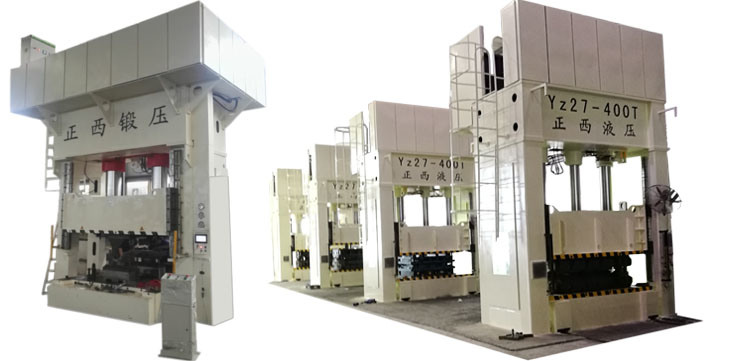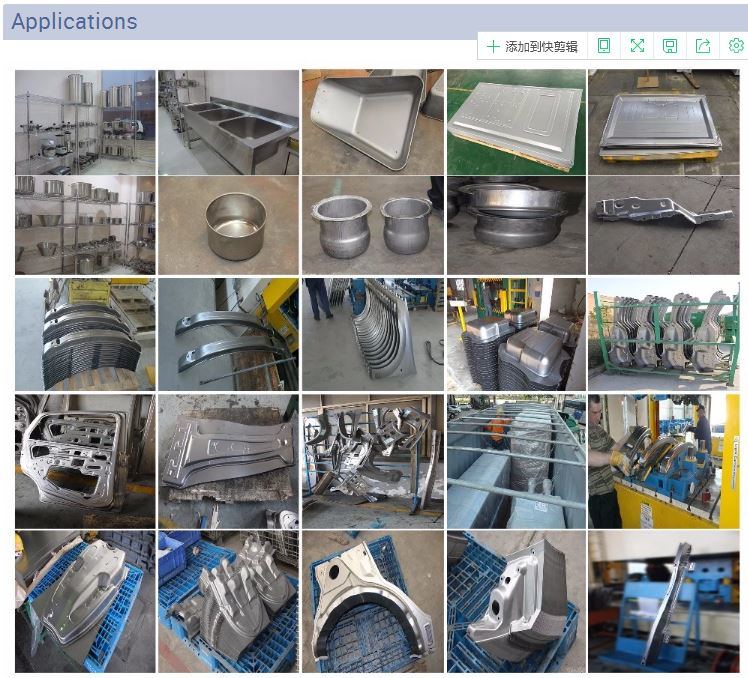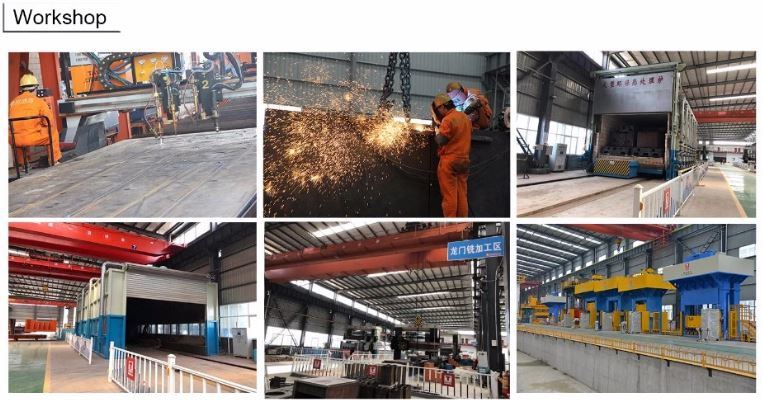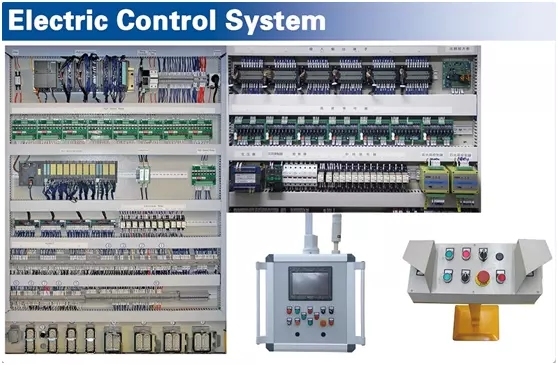

Building a stainless steel product from scratch involves a complex process that combines advanced technology, precision engineering, and scientific knowledge. Although many people use stainless steel products daily, few understand the detailed steps involved in their creation. The manufacturing of stainless steel is an impressive process that highlights the evolution of material science over the years. Here are the six key stages in the production of stainless steel products:
1) Material Handling
Uncoiler – A machine used at the beginning of the production line to hold and unwind steel strips safely. It controls the speed and direction of the metal strip as it moves through the process, such as slitting or entering a tube mill.
2) Forming
Deep Drawing Press – In this stage, semi-finished steel shapes go through various forming operations. For example, stainless steel may be hot rolled (heated and passed through large rolls). Blooms and billets are transformed into bars and wires, while slabs become plates, strips, or sheets. Bars are particularly versatile due to their availability in multiple grades and sizes, making them suitable for different applications.
3) Heat Treatment
Annealing Furnaces – This step involves heating and cooling stainless steel in a controlled environment to relieve internal stress and improve material properties. Proper control of temperature, pressure, and cooling rates is crucial to ensure the quality of the final product.
4) Descaling
Pickling – During annealing, scale forms on the surface of the stainless steel. Pickling is a common method used to remove this scale, ensuring a clean surface for further processing.
5) Cutting and Punching
After heat treatment and descaling, the stainless steel is cut into specific shapes using mechanical tools like guillotine knives, blanking machines, and high-speed blades. This stage also includes creating tap holes and overflow channels.
6) Finishing and Polishing
Polishing Machine – This step enhances the aesthetic appeal of the stainless steel product and ensures it is smooth and easy to clean, which is essential for sanitary applications.
Hydraulic Press 4 Column Hydraulic Sheet Metal Deep Drawing
Features
1. A hydraulic machine that uses hydrostatic pressure to process materials such as metal, plastic, rubber, wood, and powder.
2. Commonly used in pressing, stamping, cold extrusion, straightening, bending, flanging, sheet metal deep drawing, powder metallurgy, and press-fit operations.
3. Offers significant technical and economic advantages, including weight reduction, fewer parts and molds, improved stiffness and strength, and lower production costs.
SPECS of Yz33
| Model | Unit | Yz33-25T | Yz33-50T | Yz33-63T | Yz33-100T | Yz33-160T | Yz33-250T | |
| Clamping Force | KN | 250 | 500 | 630 | 1000 | 1600 | 2500 | |
| Working Layer | Qty | 2~4 | 2~4 | 2~4 | 2~4 | 2~4 | 2~4 | |
| Piston Stroke | mm | 180 | 250 | 250 | 250/250 | 250/250 | 500 | |
| Heating Platen Daylight | mm | 90 | 125 | 125 | 125 | 125 | 125 | |
| Heating Platen Size | Left-right | mm | 350 | 400 | 500 | 600 | 750 | 900 |
| Front-back | mm | 350 | 400 | 500 | 600 | 850 | 900 | |
| Heating Plate Power | KW | 1.5 | 2.2 | 3 | 7.5 | 11 | 15 | |
| Motor Power | KW | 7.2 | 9 | 10.8 | 33.75 | 45 | 45 | |



Certificate
Furnace Roll,Rolling A Furnace,Furnace Roll Express,Furnace Hearth Roll
Jiangsu Kinuo Furnace Roller Co., Ltd. , https://www.jskinuoroller.com
![<?echo $_SERVER['SERVER_NAME'];?>](/template/twentyseventeen/skin/images/header.jpg)